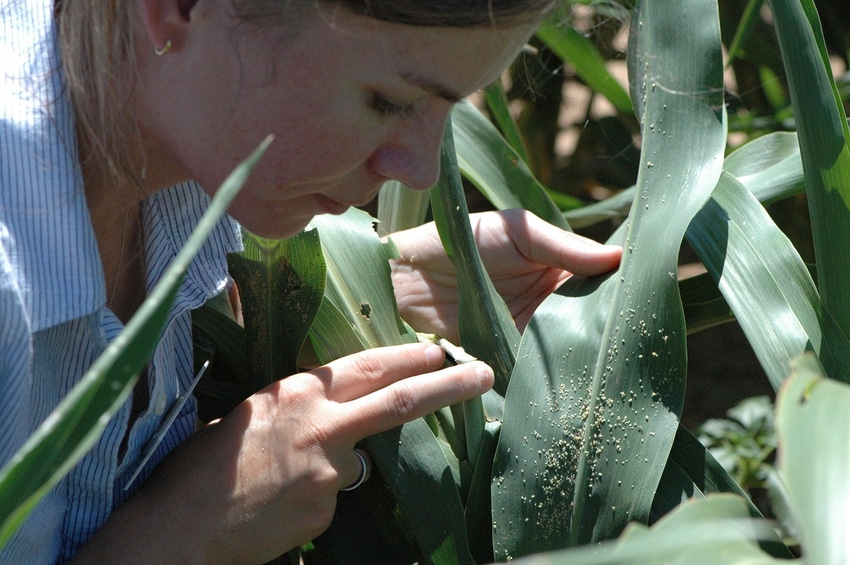
Crop pest populations are on the rise around Texas.
Dr. Sonja Swiger, AgriLife Extension veterinary entomologist, Stephenville, said many pests emerged earlier than usual this year due to the weather, but populations and how long they stay will depend on the weather to come.
If it remains mild with cool fronts and steady rains, some insect pests’ — like mosquitoes and horn flies — window of opportunity could widen. If hot, arid conditions persist, pest populations would decline, and survivors would be relegated to shady areas with some moisture, while other species, such as grasshoppers, would benefit from dry conditions.
“Insects are dependent on temperature,” she said. “Perfect temperatures and conditions help them build populations.”
Swiger said horn flies have been bad in South Texas, and house fly populations should be increasing soon. Ticks could have a banner year.
Fire ants have had back-to-back years of good conditions, and their numbers, at least from visual reports, Swiger said, are up after the past drought either reduced their numbers or drove them deep into the ground for moisture.
CROP PESTS
Dr. Robert Bowling, AgriLife Extension entomologist, Corpus Christi, said farmers in South Texas and the Coastal Bend should be diligently scouting for several pests, including sugarcane aphids, bollworms, armyworms, stink bugs and mites.
Bowling said the season started off early but slowly, as cool April temperatures kept sugarcane aphid numbers in check. But their numbers are starting to build on a field-by-field basis as weather becomes more conducive.
Producers have applied insecticides in some areas, he said, as the pests are being seen in most fields, but have not been at economic thresholds yet.
“It’s not widespread right now, but there have been some fairly high populations in some fields,” he said. “So it’s extremely important to scout because their numbers can build at such a rapid pace.”
Bowling said there have been reports of fall armyworm and bollworm moth flights in recent weeks. Producers should also be aware of stink bugs.
“Those are pests producers should watch for as grains develop and head out,” he said.
COMBO SPRAY RECOMMENDED
Bowling said producers should consider a combination spray to address bollworms, stink bugs and sugarcane aphids if one pest reaches an economic threshold, and the others’ numbers appear to be rising, rather than waiting to make separate applications.
Producers can also monitor sugarcane aphid populations as they move north at https://www.myfields.info.
Cotton aphids have presented a challenge to producers, but their numbers appear to be declining as predator numbers increase and unfavorable conditions arrive.
A potentially big problem for cotton producers this year could be cotton fleahoppers, he said. Their numbers elevated sooner than usual this year and are increasing.
“Producers would be well-advised to watch out for them,” he said.
Corn farmers should be aware of mites because fields are especially susceptible during dry years, Bowling said.
“Mites are typically on the underside of the corn leaf and there will be stippling, or tiny yellowish to white spotting on the upper side of leaves,” he said. “We haven’t seen their numbers get bad yet, but they’re another pest that has high reproduction potential, so they can be a problem very quickly.”
For more information, producers can visit Bowling’s website Better Yield in the Field to get access to newsletters and videos about a variety of field crop pests. http://betteryield.agrilife.org/videos/
About the Author(s)
You May Also Like




